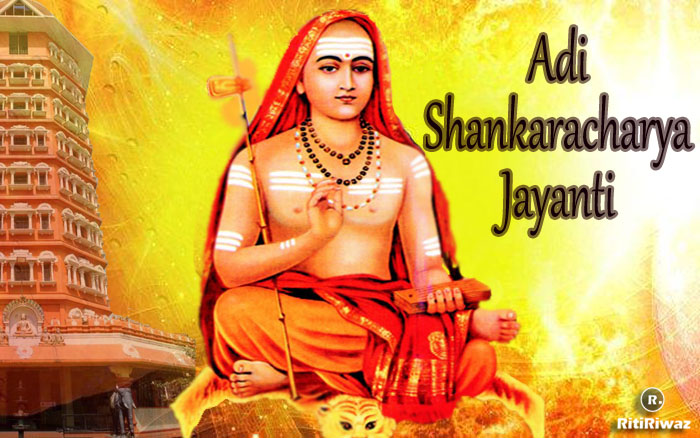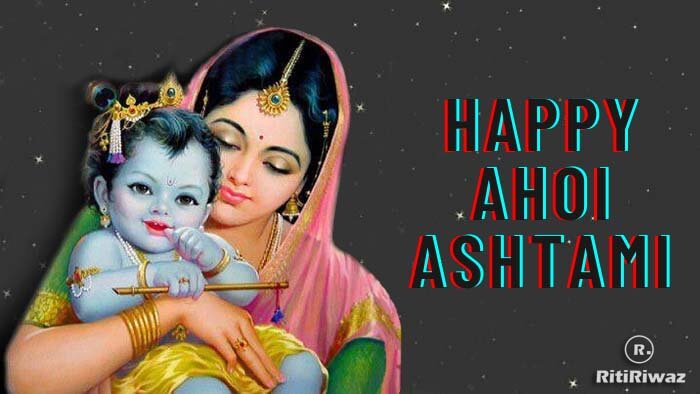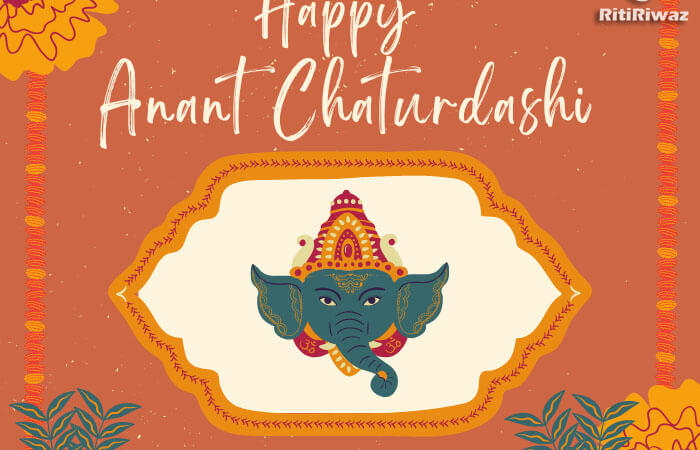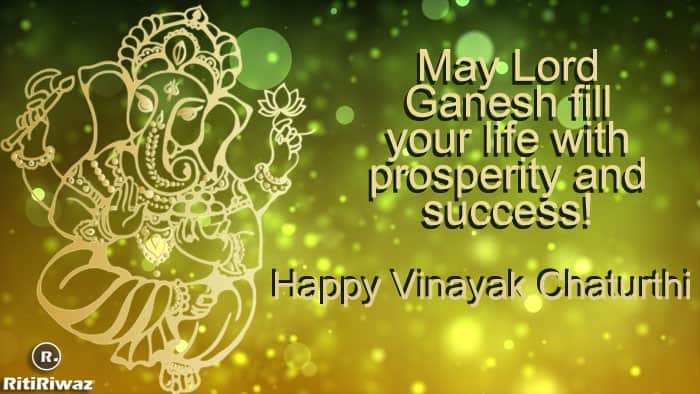Shankaracharya Jayanti 2024 – May 12

The birth anniversary of one of India’s greatest philosophers Adi Shankara is celebrated as Shankaracharya Jayanti. Shankaracharya Jayanti is observed on Shukla Paksha Panchami of Vaishakha month, which occurs in April/May. He was the pioneer of Advaita Vedanta whose ideas on the soul and enlightenment continue to be influential. His sermons are based on the uniformity of the soul and the divine, according to which the divine resides at the same time in both physical and non-physical forms.
In 2024 Shankaracharya Jayanti will be celebrated on 12th May.
The greatest son of Kerala is Adi Sankaracharya who was born in 2000 BC at Kaladi. He was a 12 strand DNA seer with raised Kundalini, the world’s greatest and original philosopher, intellectual, scholar, and poet. In his short lifespan of 32 years, he became one of the greatest teachers of the Vedas. The only weapon he used for this achievement was pure knowledge and spirituality. Shankara is considered to be the incarnation of Lord Shiva.
He mastered the Vedas written in 5000 BC, at the tender age of five. He wrote commentaries on Aitereya, Brihadaranyak, Chandogya, Ish, Kena, Kath, Maandookya, Mundak, Prashna, Shvetashvatara, and Taittireeya. He is one of the three main teachers of medieval India who helped in the revival of Hinduism – the other two being Madhva and Ramanuja. He was responsible to slow down the spread of Buddhism through India and revive Hinduism and plays an important role in the development of Indian Culture.
He is also known as Adi Shankaracharya, Shankara Bhagavatpada, sometimes spelled as Sankaracharya, (Ādi) Śaṅkarācārya, Śaṅkara Bhagavatpāda, and Śaṅkara Bhagavatpādācārya. Shankara formulated the six-sect system of worship which brought to the fore the main godheads – Vishnu, Shiva, Shakti, Muruka, Ganesha, and Surya.
It is lore that Shiva appeared to the parents of Shankaracharya and, and offered them a choice–a “not so bright” son who would live a long life or an extraordinary son who die young. His parents chose the latter, and thus a seer son was born to them. He was named Shankara (Sanskrit, “bestower of happiness”), in honor of Shiva.
He toured India extensively during his short life, and debated many other philosophers in his travels, and propagated his philosophy through discourses and debates with other thinkers. He wrote copious commentaries on the Vedic canon (Brahma Sutras, Principal Upanishads, and Bhagavad Gita) in support of his thesis. His works elaborate on ideas found in the Upanishads. Shankara’s publications criticized the ritually-oriented Mīmāṃsā school of Hinduism. He also explained the key difference between Hinduism and Buddhism, stating that Hinduism asserts “Atman (Soul, Self) exists”, while Buddhism asserts that there is “no Soul, no Self”.
In Advaita Vedanta, the following pramanas are accepted:
-
Pratyaksa (perception), the knowledge gained by means of the senses. That which is immediately perceived to be so; This knowledge can be corrected, e.g. if one perceives a piece of rope to be a snake.
-
Anumana (inference), the knowledge gained by means of inference. That which is perceived as true through previous knowledge, e.g. to know that it is a fire because smoke can be seen in the sky (the two are related through a universal law).
-
Sabda (verbal testimony), the knowledge gained by means of texts such as Vedas (also known as Aptavakya, Sabda pramana).
-
Upamana (comparison), the knowledge gained by means of analogy or comparison. That which is perceived as true since it compares to previous, confirmed, knowledge. To know that something is something, e.g. a cat, because one has seen cats before.
-
Arthāpatti (postulation), the knowledge gained by superimposing the known knowledge on an appearing knowledge that does not concur with the known knowledge. I.e. To see someone gain weight while knowing they are fasting, imposes the knowledge that the person is secretly eating.
-
Anupaladbhi (negation), the knowledge gained through the absence of the object. That is true through a negation. Classic e.g. karatale ghato nasti – the pot is not on the palm. The pot could be elsewhere. So the place (on the palm) of its absence is also important.
-
Dialectic, in advaita philosophy, is a method of investigating the nature of truth by the criticism of initial concepts and hypotheses.
He established 4 ashrams in four corners of India and entrusted his four disciples to teach and propagate Advaita through them. Their headquarters are at Dvaraka in the West, Jagannatha Puri in the East, Sringeri in the South, and Badrikashrama in the North.
Sri Shankaracharya’s Shrines at Kalady
Sri Adi Shankara Keerthi Sthamba Mandapam
This is an eight-story memorial built by Kanchi Kamakoti Mutt. The entrance to the memorial is guarded by two elephant statues. It leads to the Paduka Mandapam. Two silver knobs represent the padukas, or wooden sandals of the Teacher. The walls of the memorial feature framed reliefs that depict the story of Adi Shankaracharya. This shrine is open to all, irrespective of caste and religion.
Sree Ramakrishna Advaita Ashram
The Sree Ramakrishna Advaita Ashram is a spacious prayer hall and a shrine.
Sri Krishna Temple
Sri Krishna Temple is a small temple known as the ancestral deity of Sree Shankara Acharya. It is located to the west of the Srigeri Mutt. It is the only surviving structure from the time of Shankara, where the poojas are conducted by Namboodhiris.
Nayathodu Shankara Narayana Temple
Located 3 km west of Kalady, this shrine is an example of Advaitam in worship by Shankara Acharya.
Aryadevi Samadhi Mandapam
This is the resting place of Sri Shankara Acharya’s mother, Aryadevi.
Suggested Read: Vedas






